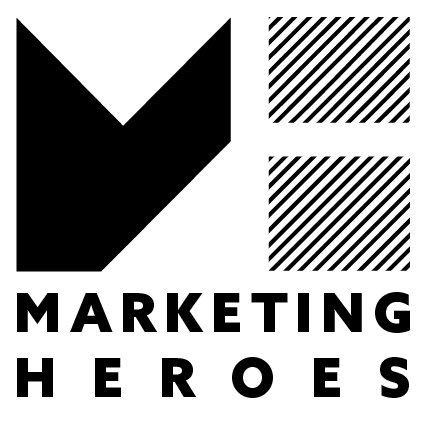The people have spoken, and Facebook has listened. Mark Zuckerberg recently announced some significant upcoming changes for Facebook in 2018 and the goal is clear: Put a halt to the ever-expanding amount of corporate posts and clickbait and get back to talking with our friends and family. A news article from Facebook outlines the changes in more detail. But what does this mean for us marketers?
Changes in the Facebook Timeline
The above news doesn’t come as a surprise, people have been complaining about the number of corporate posts, spam articles, fake news and clickbait links for a good while now. On top of that there is a growing list of scientific research that shows how passive social media consumption has a negative impact on a person’s wellbeing while interaction on social media does the opposite. Facebook decided that the best way to move forward in 2018 is by making some drastic changes to the timeline.
The change is meant to maximize the amount of posts with meaningful content on your timeline. Adam Mosseri, Head of News Feed at Facebook, said in his article: “We will predict which posts you might want to interact with your friends about, and show these posts higher in feed. These are posts that inspire back-and-forth discussion in the comments and posts that you might want to share and react to — whether that’s a post from a friend seeking advice, a friend asking for recommendations for a trip, or a news article or video prompting lots of discussion.”. Needless to say, this means a reduced amount of posts from the public pages people follow or share.
How Will This Work?
Currently, Facebook gives high priority to posts with high comment counts or shares without taking into consideration how meaningful those comments or shares were.
With this update, having a high amount of likes or shares will no longer be enough to be shown in the news feed. The algorithm will be adjusted to predict which posts people might want to talk to their friends about and show them more prominently. Live video’s, for example, often have higher amounts of discussion, as do posts made by groups. Posts from friends and family will also be prioritized over public content.
Some examples of this change at work could be the following:
- Video, a booming medium, is currently given very high priority by Facebook. This causes businesses to mass produce short videos with nothing but stock footage and text overlay to generate likes and shares. These videos are only consumed passively and will no longer get priority. Videos will now need to be tailored specifically to your audience and should inspire people to talk about them in the comments.
- Funny images, memes or inspirational quotes are often used by businesses to gather some quick likes and increase their reach. People can’t really have meaningful conversation about these images and comments usually boil down to smileys and friend tags, the changed algorithm will make sure these images aren’t shown on your timeline anymore regardless of how many friends have liked them.
Anti-Bait
To make sure businesses don’t start using so called “engagement bait” to try and gather comments, shares or likes, Facebook will continue to demote posts that utilize these tactics. We have probably all seen posts like this: “LIKE if you care” or “Tag a friend who does this”. This picture from Facebook shows it very well:

Baiting is the polar opposite of authentic engagement and Facebook has introduced machine learning to detect all different types. During the transition period, posts with bait will be punished more and more. Businesses who consistently keep using bait will be demoted even further.
The Future of Facebook Marketing
This change doesn’t mean the end of Facebook Marketing. Many pages will see their reach drop while these changes are being rolled out, but some preparation will go a long way to minimize the impact.
Businesses will have to start thinking about the wants and needs of their audience. What would they like to read? What would they like to talk about? Posts can no longer be about pure brand visibility but about the brand community and the way they interact with the business and each other.
What About Paid Ads?
Unsurprisingly, paid ads will stay the same. This might mean that starting communities will need to advertise to reach their first audience or that large corporations will use more advertising to increase their brand visibility. What the impact of these changes will be on advertising costs remains to be seen.
Conclusion
Big changes are coming, and many marketers will have to approach their social media accounts in a very different way. The changes aren’t live yet but will be rolled out in the coming months, be prepared in case your reach suddenly becomes lower, your content agenda may need some drastic changes!

